Two Takes on Tibet
Monday, October 2nd, 2006The CIA’s Secret War in Tibet; Kenneth Conboy and James Morrison, 2002.
The CIA book hardly deals with events inside Tibet under Chinese occupation, mainly because few of their trained Tibetans were ever inside Tibet. The CIA of this book are not the ham fisted bumbling folks of the current middle east. They are competent, most often decorated veterans of WWII. They know to consult experts like Heinrich Harrer (Seven Years in Tibet) and to employ noted Buddhist scholar Mongolian Geshe Wangal as interpreter, teacher, and translator. It was Wangal who helped develop a Tibetan phrase code book for use in coded radio transmissions.
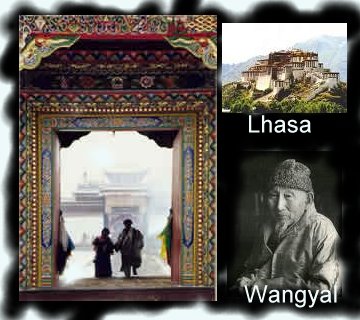
Much technology was developed for this effort including long range high altitude airdrops and steerable parachutes pioneered by Missoula smoke jumpers who were recruited by the CIA for this effort.
Yet, in twenty years of efforts, their most notable success was the accidental ambush of one jeep carrying a Chinese commander with a satchel of documents. Most Tibetan trained agents were captured or killed upon entering Tibet.
This book is mostly a history of the ever changing geopolitical realities for the US, India, Pakistan, China, and the Soviet Union. Tibet and the trained Tibetan fighters somehow get lost and forgotten in these “bigger” realities including Indian Pakistan warfare and the Vietnam war. Two groups of fighters were trained and armed, one in India after the Chinese invasion in 1962 and the other in Nepal in the sub kingdom of Mustang near Pokhara and Annapurna.
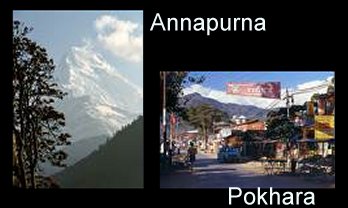
The only serious fighting ever done by these Tibetans was their Indian sponsored use against Pakistan during the East Pakistan war of independence leading to the formation of Bangladesh. In this war, the Tibetans proved very able and successful fighters.
Still, the book is interesting reading, revealing little known details about the CIA involvement in South Asia. For instance; Nepal today boasts a number of successful Tibetan businesses including carpet manufacturing and hostel hotel operation. These business were made possible by CIA contributions as the Mustang Tibetan fighters were relocated and retrained.
The Dalai Lama appears occasionally in this book but the focus remains clearly on CIA activities.
Manchurian Adventure; Sylvain Mangeot 1974.
Manchurian Adventure is an incredible tale of a Chinese Manchurian soldier of fortune. Trained by the Japanese as a pilot and possessing uncommon skills with machinery and language, Lobsang Thondup (assumed name) moves from one impossible situation to the next in Siberia, Manchuria, China and Sinkiang, Tibet, and Bhutan. In Tibet he becomes the lover of Dhorji Paghmo, Tibet’s only woman “Living Buddha” and ranked third in the Buddhist hierarchy. When the Dalai Lama escapes to India in 1959, Lobsang also escapes to Bhutan where his engineering skills lead him into friendships with the King and the Prime Minister. Of course things go wrong and he ends up imprisoned in a jail of his own design.
In addition to being a great adventure read, this book gives a better idea of life in the area during this time of historic upheaval.
For more on the CIA’s history throughout the world see
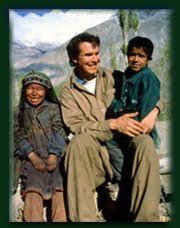 and kids.
and kids.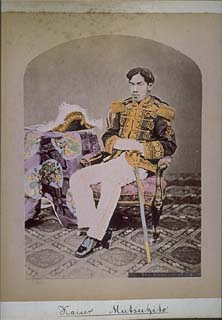
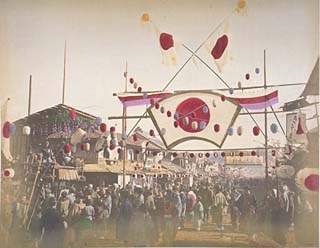
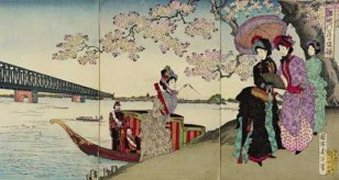 (
( Salman Rushdie’s “Midnight’s Children” is a wild, epic journey into post independence India/Pakistan. The title refers to the 500 children born in the first hour of India’s independence. These children were endowed with special powers. The first born and main character has the psychic ability to communicate via telepathy with the others. We follow his Muslim family’s life through the big events of independent India. This novel is a history viewed through the imagination of a unique writing genius. If you haven’t cared for his other work including “Satanic Verses”, give this one a try.
Salman Rushdie’s “Midnight’s Children” is a wild, epic journey into post independence India/Pakistan. The title refers to the 500 children born in the first hour of India’s independence. These children were endowed with special powers. The first born and main character has the psychic ability to communicate via telepathy with the others. We follow his Muslim family’s life through the big events of independent India. This novel is a history viewed through the imagination of a unique writing genius. If you haven’t cared for his other work including “Satanic Verses”, give this one a try.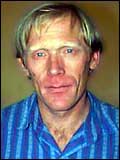
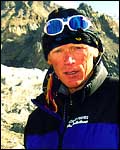 Climbing peaks above 8000 Meters is a unique sport requiring a combination of luck and a natural ability to survive at these altitudes. Climbing skills are necessary but are secondary to these two characteristics. The recent explosion of interest in extreme sports as an ego enhancer is nowhere more misplaced than the attempts of amateurs with money to try to climb Everest and the other giants. This came home in a big way during the tragic climbing season in 1996 when several “guided” expeditions overstayed their summit efforts and were caught by a storm resulting in eight deaths including two of the expeditions leaders American Scott Fischer and New Zea lander Rob Hall. Accounts of this tragedy include Into Thin Air by Jon Krakauer a writer who was a part of Fischer’s group. Another account of the tragedy is found in High Exposure by David F. Breashears.
Climbing peaks above 8000 Meters is a unique sport requiring a combination of luck and a natural ability to survive at these altitudes. Climbing skills are necessary but are secondary to these two characteristics. The recent explosion of interest in extreme sports as an ego enhancer is nowhere more misplaced than the attempts of amateurs with money to try to climb Everest and the other giants. This came home in a big way during the tragic climbing season in 1996 when several “guided” expeditions overstayed their summit efforts and were caught by a storm resulting in eight deaths including two of the expeditions leaders American Scott Fischer and New Zea lander Rob Hall. Accounts of this tragedy include Into Thin Air by Jon Krakauer a writer who was a part of Fischer’s group. Another account of the tragedy is found in High Exposure by David F. Breashears.